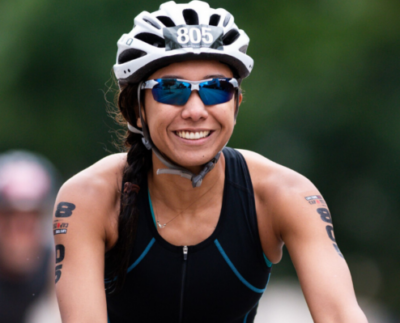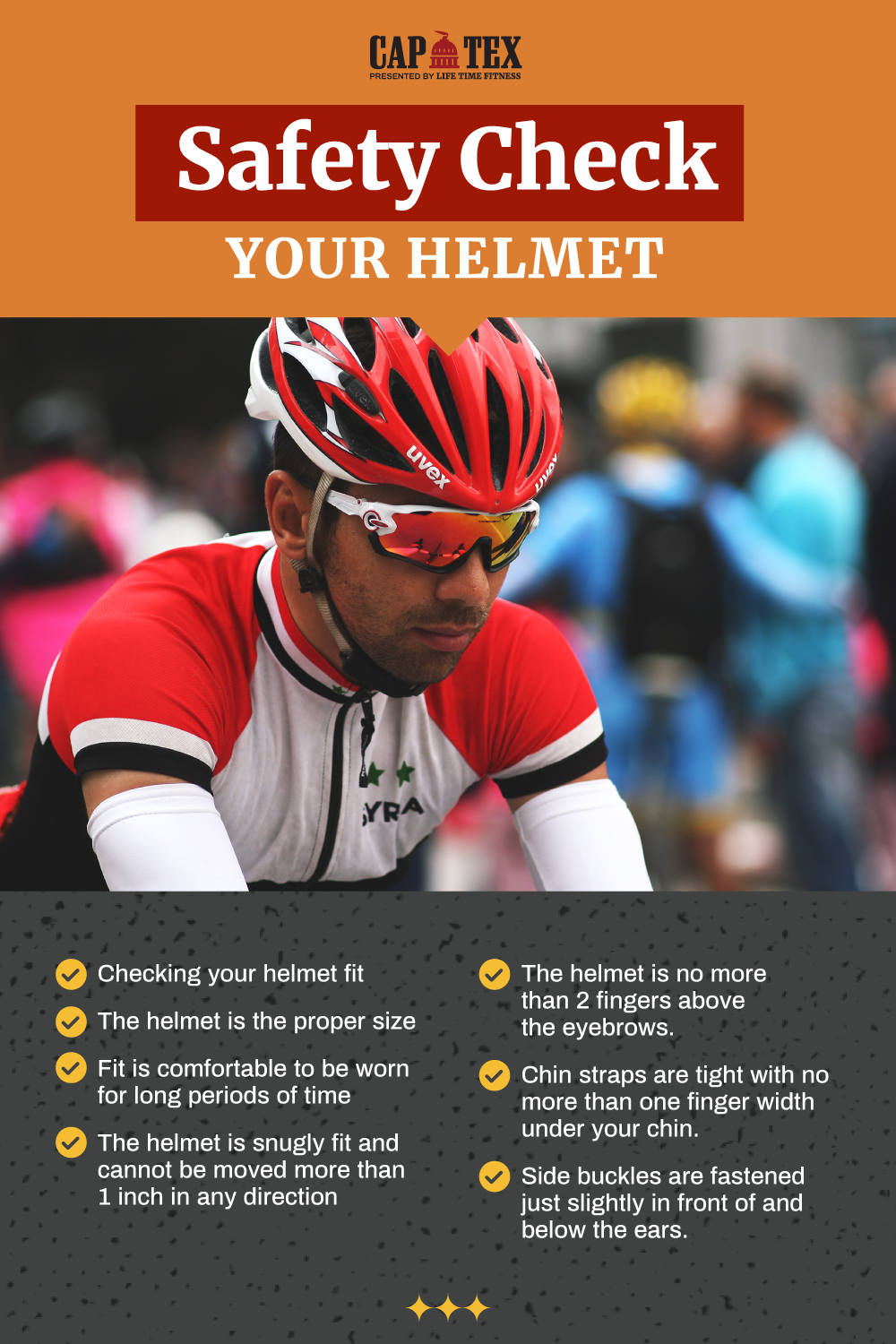Easy Steps to Check Your Helmets Fit
Get the right fit and know that your helmet is fully protecting you
An unexpected fall from a bike can happen at any time with the potential to result in brain injury. The good news is that a properly-fitted helmet will reduce this risk.

Helmets come in a variety of sizes depending on the manufacturer. Even though they are sized they will come with a fine-tuning dial so that you can adjust the helmet to fit your head specifically. Take the time to check your helmet before every ride. Your life is worth it and could depend on how your helmet is set up. Use these tips on how to make sure you have the right fit for your bike helmet.
Size
The first thing you should adjust when choosing a helmet is the fit pads or adjuster ring. The helmet needs to be snug around your head to effectively protect you. It should not be too tight where you feel pressure and not too loose that there is any wiggle room. It should not be able to move from side to side or slip back off your forehead. If needed, add more fit pads to get a secure fit. If your helmet has an adjuster ring, modify the circumference until the helmet is fitted properly for your head.
Positioning
The next thing to determine is how high the helmet should sit on your head to protect your head on all sides, in case of a fall. Two finger-widths should be visible on your forehead. You can also decide if your helmet fits properly by looking up. You should be able to see the rim or front edge of the helmet when you do so without interfering with your vision.
Pro tip: you should always wear protective lenses with your helmet, so make sure there is enough room to wear them both comfortably.
Straps
 To keep the helmet in place, the next step is ensuring the chin straps are long enough to reach under your chin and can be tightened securely. This part is especially important because you do not want to be dealing with an ill-fitting helmet during your next tri.
To keep the helmet in place, the next step is ensuring the chin straps are long enough to reach under your chin and can be tightened securely. This part is especially important because you do not want to be dealing with an ill-fitting helmet during your next tri.
The “Y” shaped strap needs to fit under your ears comfortably and buckle under your chin without being too tight. Your helmet should not be able to move more than an inch in any direction. After you buckle the chin strap, it should be secured in the correct position. You should not be able to fit more than one finger under the chin.
These straps can sometimes loosen with time so it is important to check your helmets fit before each ride.
Comfort
While comfort is not a safety feature in itself, having a helmet that you find comfortable will mean that you wear it more often. While every helmet is the same safety rating, you will find more expensive helmets have more vents. If you have long rides planned during hot weather, having these extra vents to cool you off might make you more comfortable.
Bicycle helmets only work if you wear them correctly. Helmets should always be replaced if they are in a crash. Yes, even if it is a “small one”, if your helmet makes any contact it could be compromised and should be replaced.
If you’re riding alone or going on a group ride, use these tips when shopping around for your next helmet to make sure you are as safe as possible on your future rides.
Checking your helmet fit for safety:
- The helmet is the proper size
- Fit is comfortable to be worn for long periods of time
- The helmet is snugly fit and cannot be moved more than 1 inch in any direction
- The helmet is no more than 2 fingers above the eyebrows.
- Chin straps are tight with no more than one finger width under your chin.
- Side buckles are fastened just slightly in front of and below the ears.
